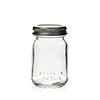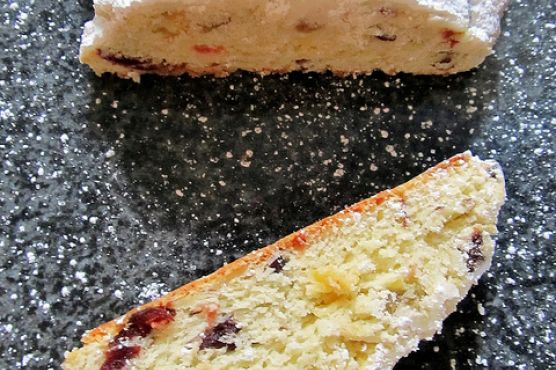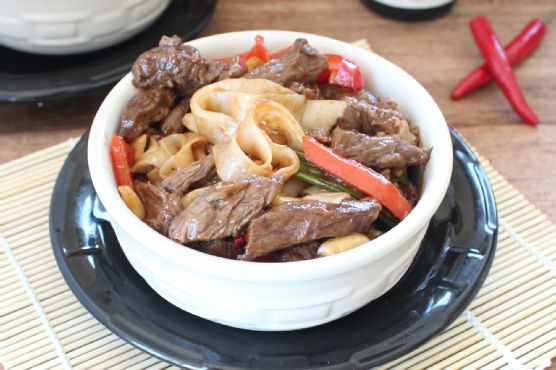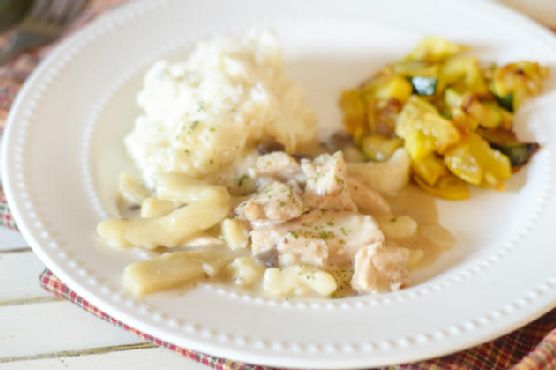Berry Yogurt Breakfast Parfait
The recipe Berry Yogurt Breakfast Parfait can be made in roughly 15 minutes. This breakfast has 591 calories, 26g of protein, and 24g of fat per serving. This recipe serves 4. For $5.68 per serving, this recipe covers 21% of your daily requirements of vitamins and minerals. It is brought to you by Julies Eats and Treats. A mixture of blueberries, granola, skim vanilla greek yogurt, and a handful of other ingredients are all it takes to make this recipe so flavorful. It is a good option if you're following a lacto ovo vegetarian diet. This recipe is liked by 372 foodies and cooks. Overall, this recipe earns a spectacular spoonacular score of 97%. If you like this recipe, you might also like recipes such as Berry Yogurt Breakfast Parfait + VIDEO, Mixed Berry and Yogurt Parfait, and Yogurt and Berry Parfait with Granola.
Servings: 4
Preparation duration: 15 minutes
Ingredients:
2 c. blueberries
1 c. granola
1 c. Diamond of California®'s new Shake and Pecans
2 c. raspberries
1 (32 oz) container vanilla Greek yogurt
2 c. sliced strawberries
Equipment:
canning jar
Cooking instruction summary:
Place 1/2 c. Greek yogurt on the bottom of four Mason jars or cups. Top with 1/4 c. strawberries, blueberries and raspberries in each cup. Then layer on 1/8 c. granola and pecans. Repeat layers. Cover and store in refrigerator until serving.
Step by step:
1. Place 1/2 c. Greek yogurt on the bottom of four Mason jars or cups.
2. Top with 1/4 c. strawberries, blueberries and raspberries in each cup. Then layer on 1/8 c. granola and pecans. Repeat layers. Cover and store in refrigerator until serving.
Nutrition Information:
covered percent of daily need















